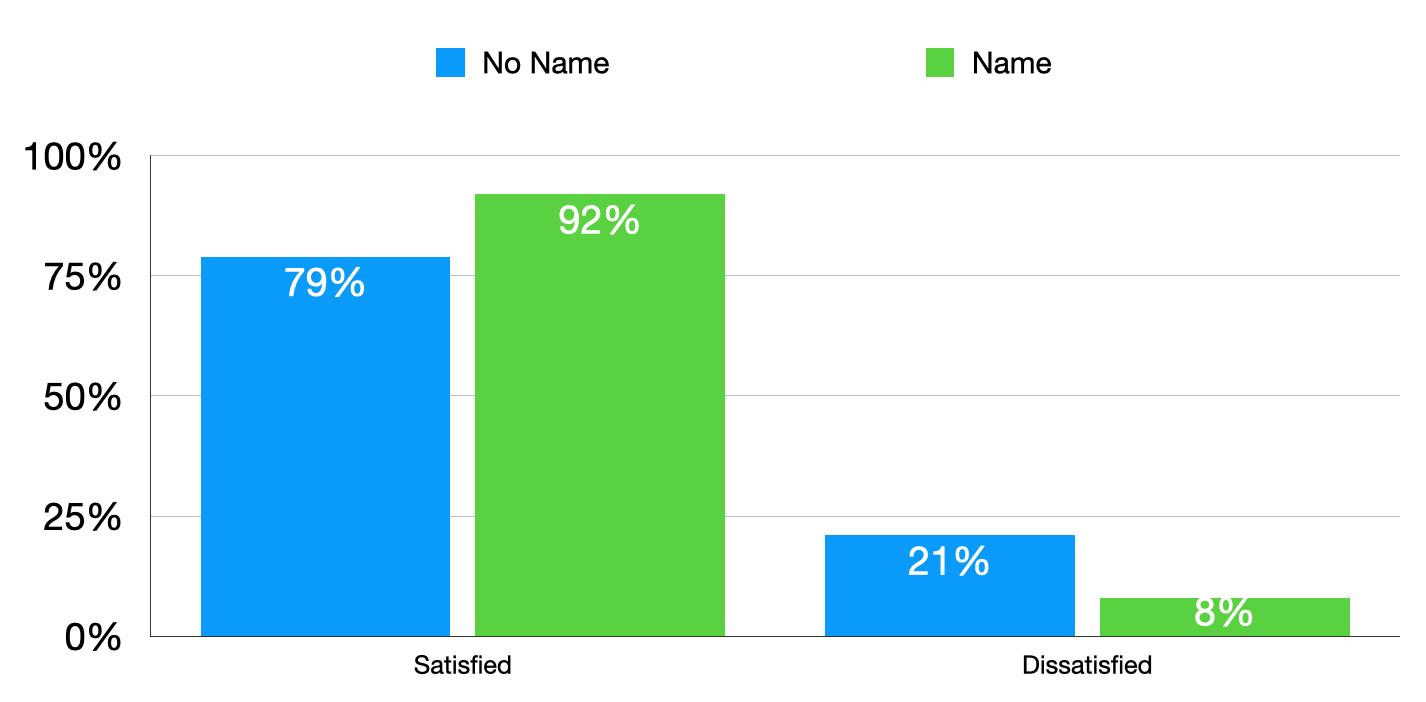What influences wait time perception?
Let’s start with a basic overview of some of the factors that influence our perception of wait times. These are primarily directed at physically standing in line, but many can be connected to other situations such as being on hold with a call center. Much of the background data is neatly summarized in a 1995 research paper called The Experienced Utility of Queuing.
However, here are factors that can make the wait seem longer:
Expectations. The wait time is longer than we expected it to be.
Fairness. People are cutting in line.
Competition. Another line appears to be moving faster.
Movement. The queue is moving slowly.
Line Length. We can see a long line.
Boredom. Our wait time perception increases when we are bored.
Unpredictability. There is no information telling us how much longer it will be.
Understanding these factors can allow companies to reduce customers’ perceptions that they are waiting a long time.
Disney is a master of this science in their theme parks. The Indiana Jones Adventure ride is a great example.
A sign at the ride’s entrance displays an expected wait time (usually a conservative estimate).
The line is clearly demarcated so interlopers are less likely to wander in.
There’s a single line (except for “Fast Pass” holders and disabled guests), so nobody gets anxious over choosing the wrong line.
The line is designed to keep moving so guests feel as though they are constantly making progress.
Guests are led through a series of rooms so they aren’t able to see the length of the line.
Entertaining videos and clever displays make guests feel the adventure has already begun.
The line is designed to give guests a glimpse of the end so they get a sense that they’re getting closer.
Make no mistake. The line for the ride is often quite long. However, a little Disney magic has prompted more than one guest to say, “I wish we didn’t have to wait in line for an hour, but it didn’t seem that long.”
Ways to reduce perceived wait time
You don’t have to design an entertainment extravaganza to help your customers feel like the wait isn’t quite so long. A few simple strategies can make a big impact.
Strategy #1: Provide accurate estimates. Restaurants, call centers, cable companies, and many other businesses routinely provide estimated wait times. This strategy cuts both ways. Customers are generally satisfied if the estimated wait time is agreeable and it matches (or is slight longer than) the actual wait. Customers generally get upset if they end up waiting longer than expected or the original estimate is too long.
The key here is to give accurate, but slightly conservative wait time estimates. Historical data and operational knowledge often enable these fairly precise forecasts. Just be careful to check your estimates frequently to make sure they’re still accurate.
Strategy #2: Provide a fair and common queue. We’ve all played the game at the supermarket where you select the line you hope will go the fastest. Another surprise from the New York Times article was that the negative feeling associated with seeing another line move faster than yours is much stronger than a positive reaction from picking the best line.
The common queue or common-feeder line is a way to reduce this anxiety. It also makes it more difficult for interlopers to exploit confusion and cut their way in front of someone else.
Well-trained employees can step in when it’s not possible to physically denote the line. I recently rode the cable car in San Francisco and was amazed at how well the cable car operators ensured passengers boarded the car in the order they were waiting. Knowing they were making sure the process was fair reduced a lot of passengers’ anxiety.
Strategy #3: Occupy their time. Another sure-fire way to make wait times feel shorter is to keep your customers occupied or entertained.
You don’t have to be Disney to take advantage of this simple principle. Some restaurants put out free coffee at breakfast to help guests warm up while they wait. Waiting rooms have magazines, television, and free WiFi. Call centers have music or messages played while customers are on hold.
One of the best ways to occupy your customers’ time is through engaging them directly. Initiating conversation will make the time fly for your customer and it may even help uncover additional ways to be of service. Don’t worry if you aren’t a natural conversationalist – you can always borrow my five question technique.
Conclusion
Learn more about influencing customers’ perception of wait times from this short video:







